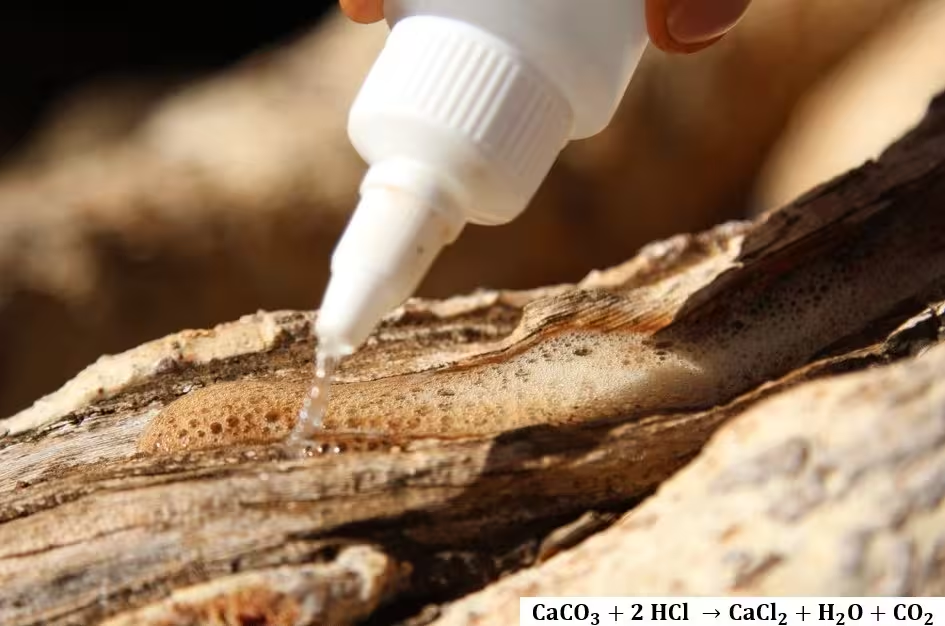3 Minutes
The Science Behind Carbon-Absorbing Fig Trees
For decades, scientists have understood that trees act as natural carbon sinks, absorbing carbon dioxide (CO2) from the atmosphere and using it to build their woody structures. Recent research, however, has revealed a remarkable capability in certain tree species: some figs can go even further, converting atmospheric carbon not only into organic matter, but also into mineral forms such as limestone, a stable and long-lasting carbon compound.
Unveiling the Oxalate-Carbonate Pathway
These unique fig trees utilize a biochemical process called the "oxalate-carbonate pathway." Initially, they transform absorbed CO2 into calcium oxalate crystals. Soil microbes then interact with these crystals, converting them into calcium carbonate—commonly known as limestone. This is the same durable mineral that forms coral reefs and persists in soil for centuries, providing a more enduring way to lock away carbon than organic matter alone.
In a collaborative study led by an international team of scientists, including biogeochemist Mike Rowley from the University of Zurich, three fig species native to Kenya's Samburu region were investigated: Ficus wakefieldii, Ficus natalensis, and Ficus glumosa. Among these, Ficus wakefieldii demonstrated the highest efficiency in sequestering carbon as calcium carbonate within its trunk and bark.
Potential Impact on Climate Change and Agriculture
The ramifications of these findings for climate change mitigation are profound. Unlike organic carbon, which can be released back into the atmosphere through decomposition, calcium carbonate remains locked in soil for extended periods, thereby offering a sustainable approach to reducing atmospheric CO2 levels. According to Mike Rowley, "While the oxalate-carbonate pathway has been known, its significance for long-term carbon sequestration has not been fully recognized."
What further elevates the significance of these fig species is their value as food crops. Integrating these trees into agroforestry systems could offer multiple benefits: providing fruit for local communities, improving degraded lands, and effectively storing carbon both organically and in mineral form. This dual role enhances their appeal for climate-smart agriculture and reforestation initiatives, especially in regions with poor, basaltic soils like those of Samburu, Kenya, where the trees naturally thrive.

Wider Implications and Future Perspectives
Although the dry conditions of Samburu make it easier to study calcium carbonate formation, the researchers note that carbon mineralization is likely possible even in wetter climates. As global interest in land-based carbon capture grows, expanding the search for and utilization of trees that employ the oxalate-carbonate pathway could provide a significant, underutilized avenue for greenhouse gas mitigation. Many more species may possess this capability, suggesting an exciting frontier for forestry and environmental science.
As Rowley points out, "If we’re planting trees for carbon sequestration and food production, selecting those that also store inorganic carbon as limestone offers an important, overlooked benefit."
Conclusion
The discovery that certain fig tree species can fix atmospheric carbon into stable limestone marks a promising advance in the global effort to combat climate change. By harnessing the unique oxalate-carbonate pathway, scientists and land managers can combine food production with long-term carbon sequestration, creating a new model for sustainable agriculture and forestry. Continued research into this natural carbon-capture process could significantly expand our toolkit for reducing greenhouse gas emissions worldwide.
Source: sciencealert



Comments